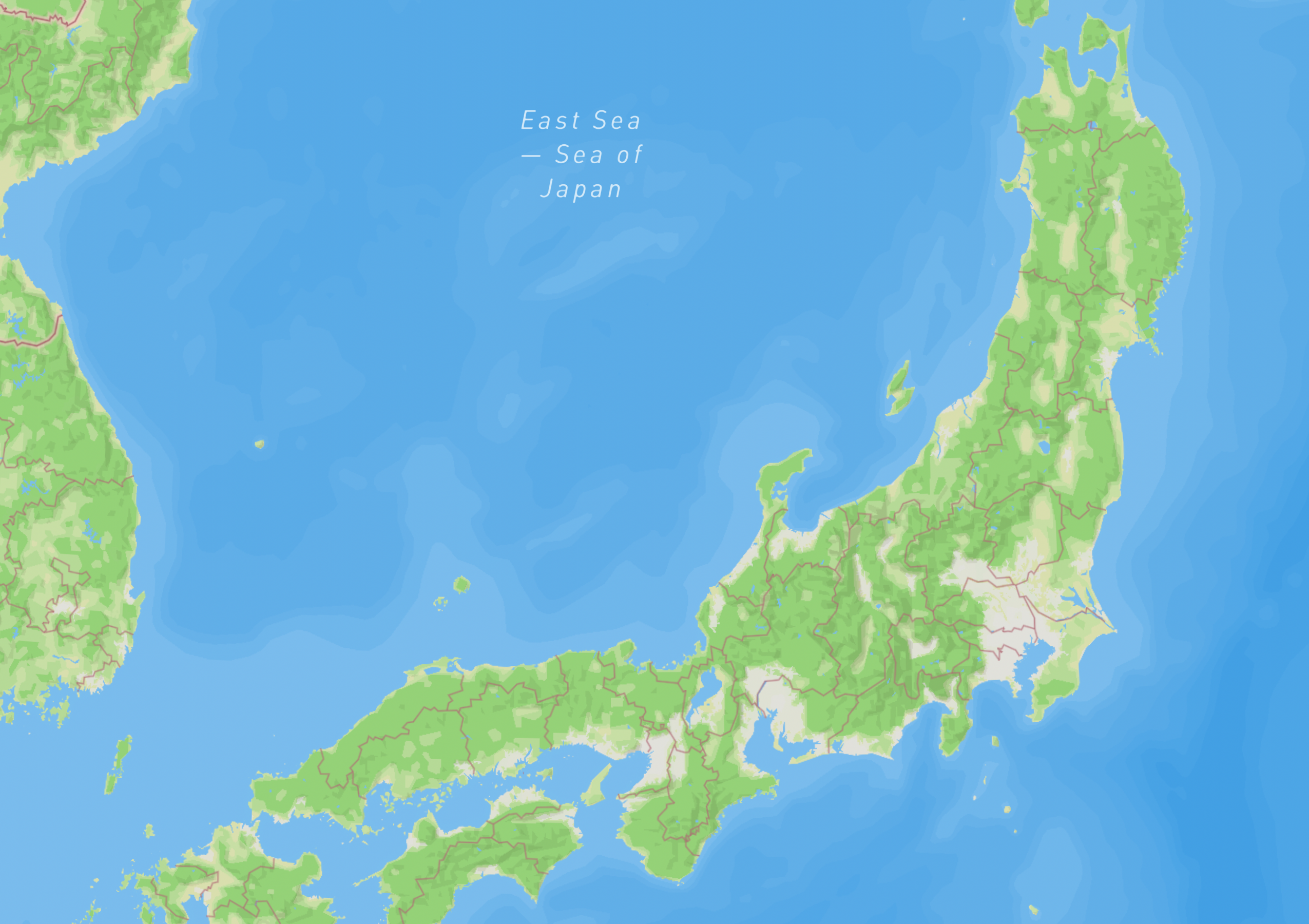A FEAST FOR THE SENSES
Journey through Japan: an ancient yet new superyachting destination
Georgia Boscawen takes advantage of Japan’s recently eased superyacht regulations to experience Osaka’s sophisticated food scene and intoxicating culture
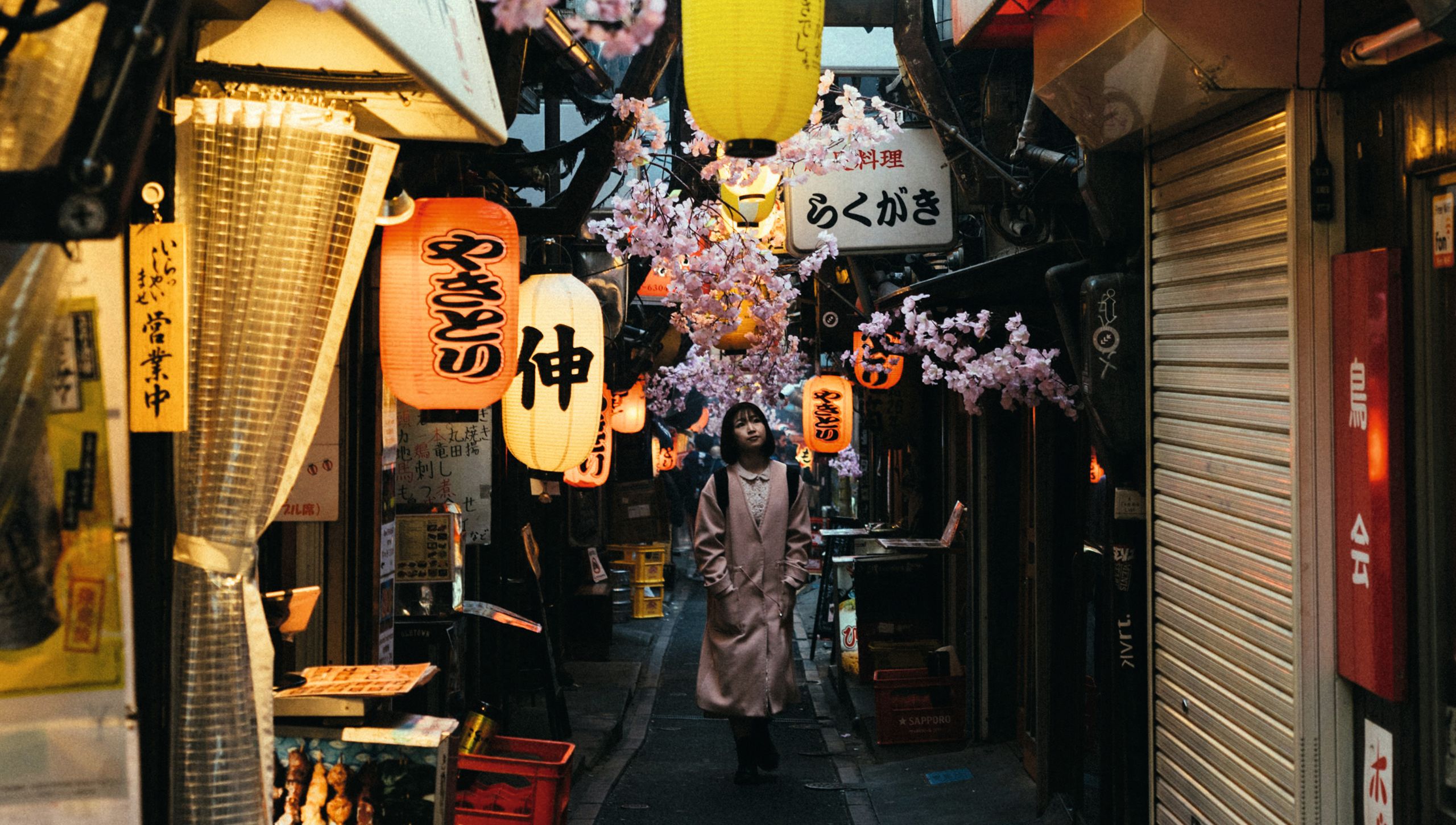
ASTEMIR ALMOV - UNSPLASH
As the traditional noren curtains slide over my shoulders and I step onto the padded floors of Harijyu, a small restaurant hidden in bustling Dōtonbori in Osaka - Japan's food-obsessed city - it strikes me that I have no idea what to do next.
I look to the maître d’, who hands me a pair of leather slippers before leading us to a private room with a low-set table stacked with unfamiliar vegetables. For years, I’ve prided myself on an ability to navigate restaurant scenes around the world with an air of confidence, but here, in a small restaurant in Japan, I am befuddled.
It’s a curious experience that captures the wonderful social discombobulation that Japan promises. Established more than 100 years ago, and on this spot from 1948, Harijyu is a historic restaurant that serves sukiyaki, a traditional dish prepared in a nabemono (Japanese hot pot) with thinly sliced beef and noodles, dipped in egg.
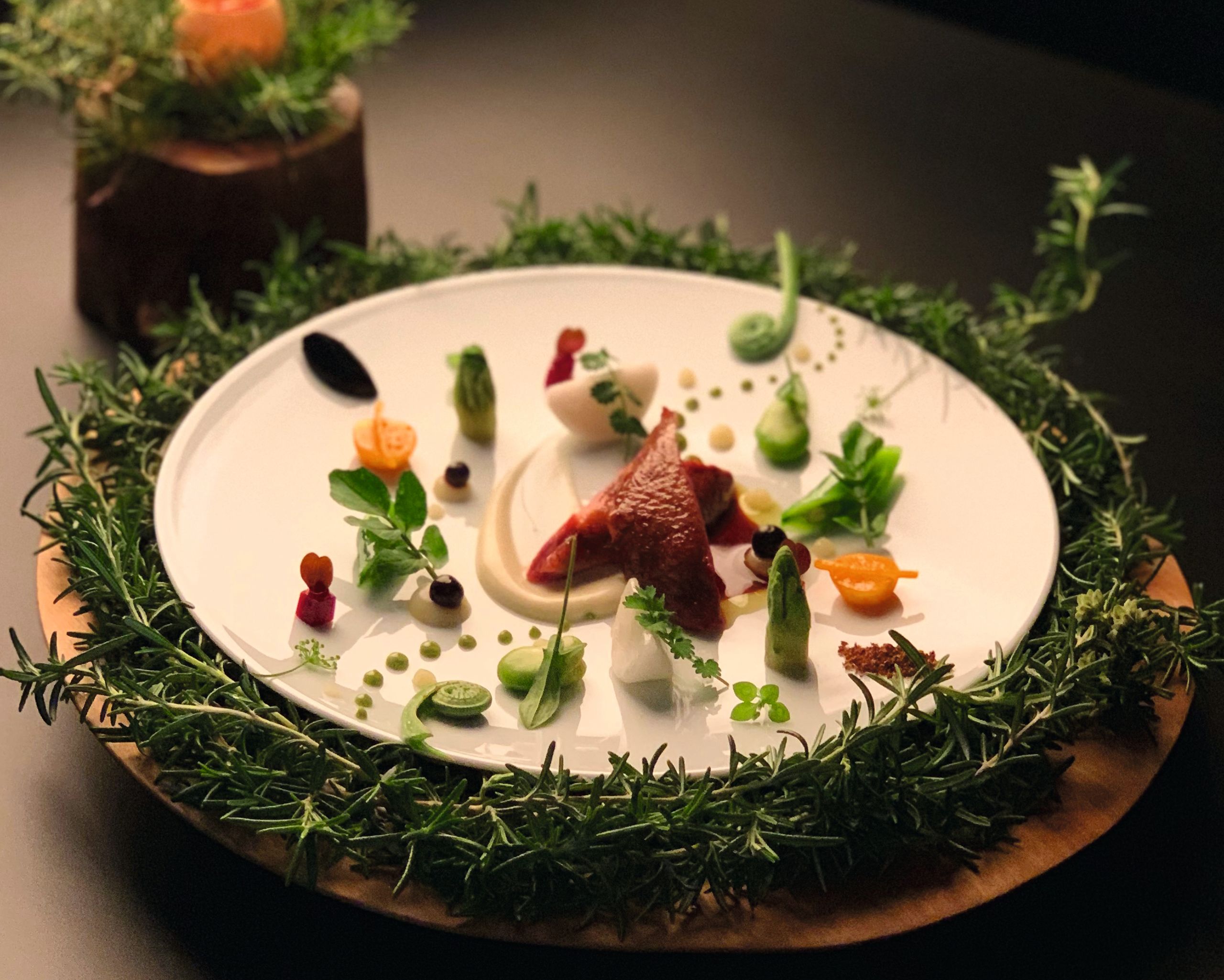
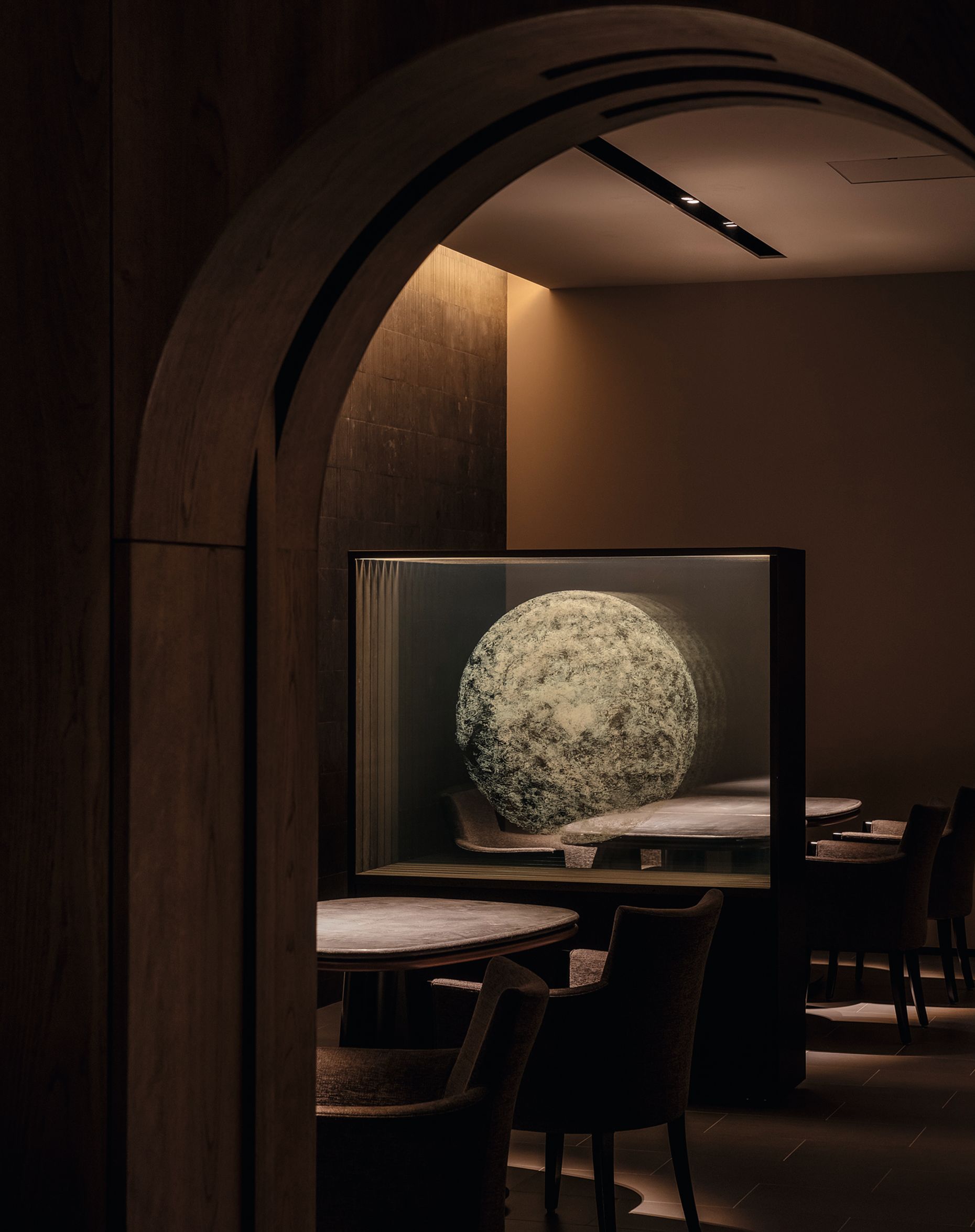
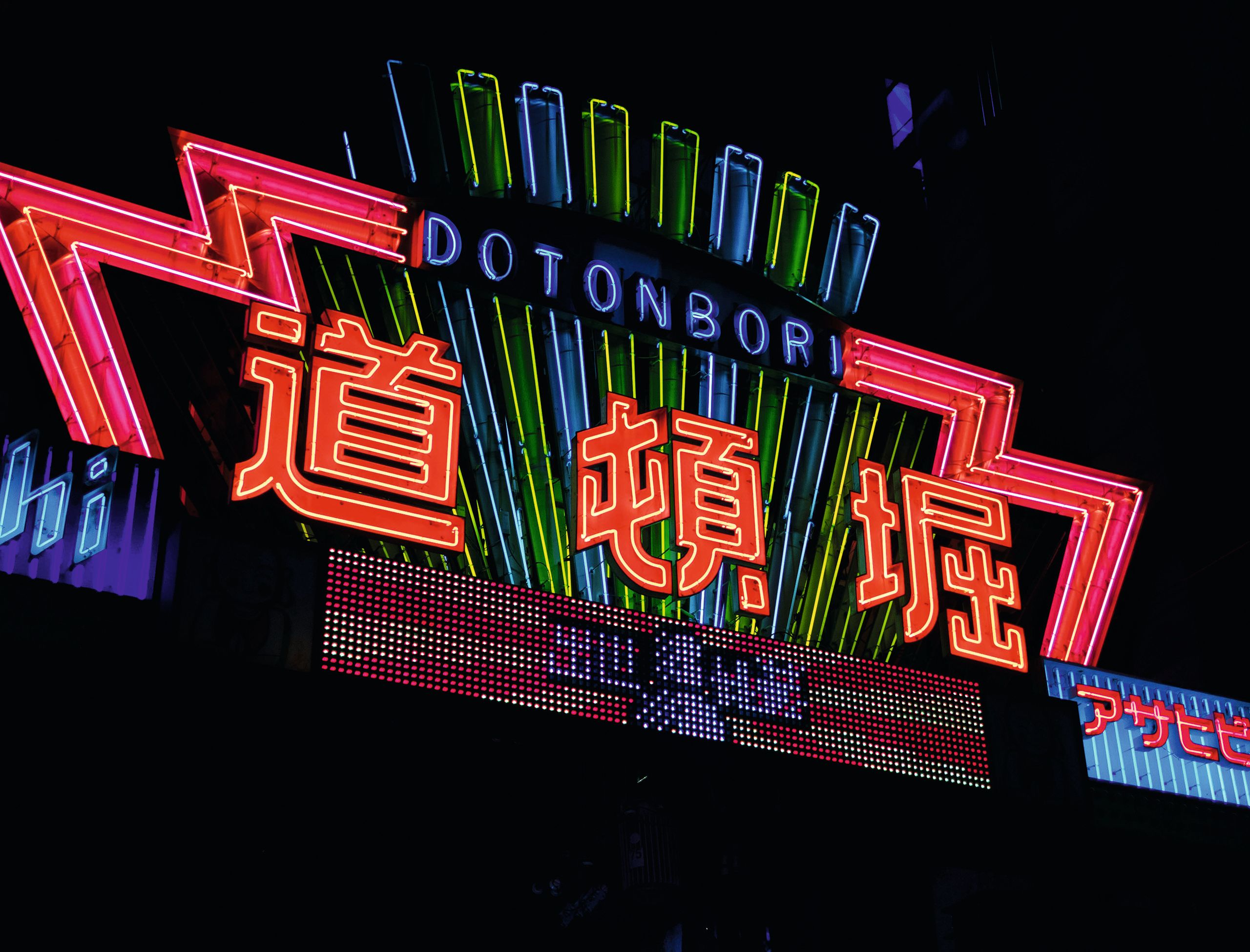
KOHEI SAKAI - UNSPLASH
KOHEI SAKAI - UNSPLASH
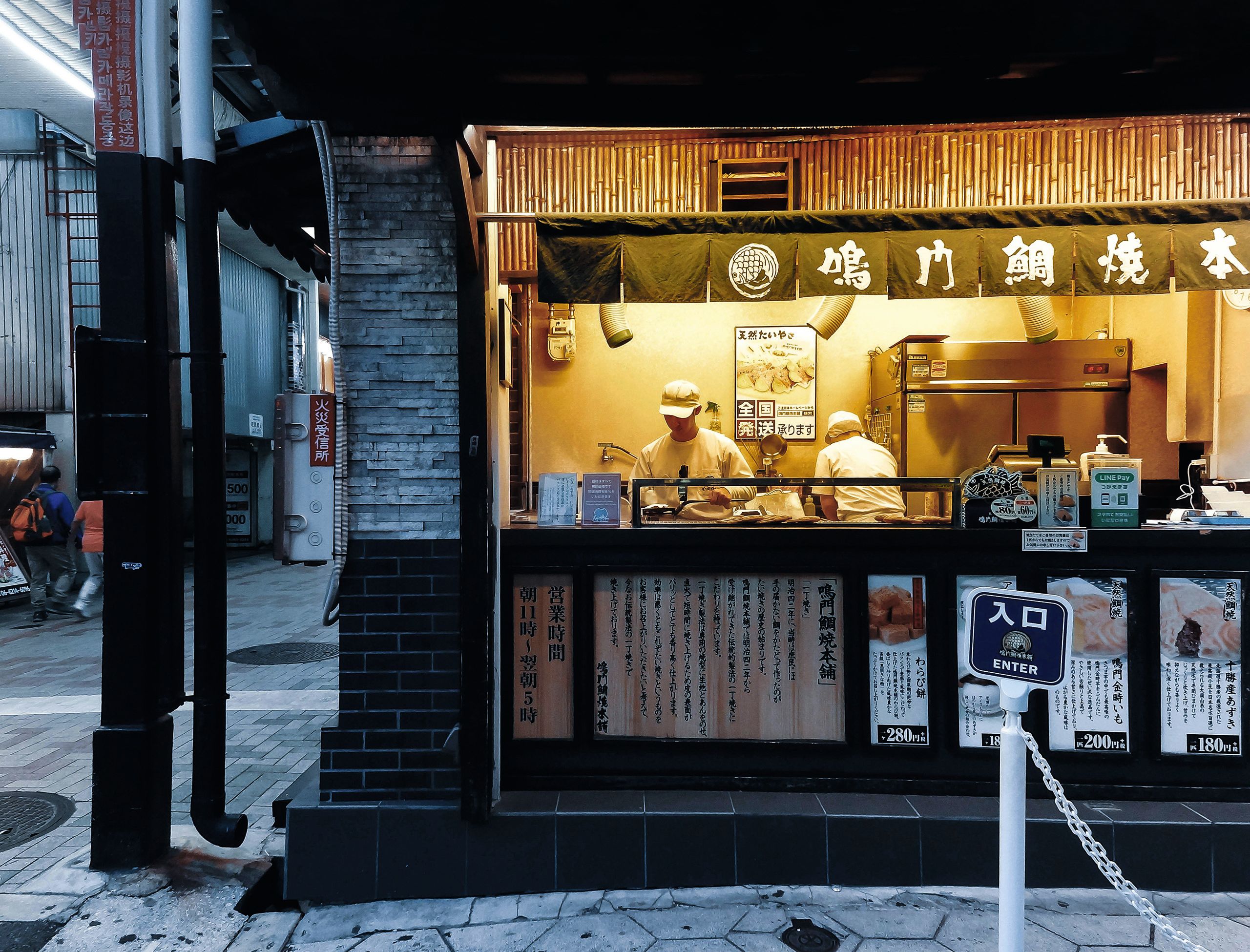
DANISH PRAKASH - UNSPLASH
DANISH PRAKASH - UNSPLASH
Top left: an elegant dish from Hariyju; top right: Long-established Harijyu serves traditional Japanese sukiyaki in Osaka’s bustling Dōtonbori district Bottom row: Dōtonbori is the foodie area of the city, filled with street food stalls and bright signs advertising their wares
If there was ever a place that could astound the discerning Western traveller, it’s Osaka. A slightly grittier cousin of Tokyo, the city is known for its effervescent nightlife, remarkable food scene and local charm, which despite its size still manages to shine through. Sprawling around Osaka Bay, a vast natural cove more than 30 kilometres wide, the city is split into easy-to- navigate districts, although a local guide is the best way to immerse yourself.
In Japan, contemporary life is deeply infused with the country’s rich heritage and permeated by religious influences – predominantly Shinto and Buddhism. Despite being an island nation, with plenty of coastline and natural bays that fuse with the country’s largest and most vibrant cities, marine leisure (including superyachts) has not been a notable part of Japan’s culture.
But a shift in regulations for visiting superyachts in December 2021 presented a new opportunity. Over an extended period Super Yacht Logistics Japan worked with several government departments to shine a light on the benefits of superyacht activity and to overhaul the rules, which were previously similar to those governing commercial shipping.
The result is greater ease for foreign-flagged superyachts in receiving their naikosen (cruising permit) and the ability to stay for an unlimited amount of time (a crew pass was previously issued for a maximum of just 14 days). Bureaucracy pruned back, the country is a much more attractive option for those looking to travel by superyacht.
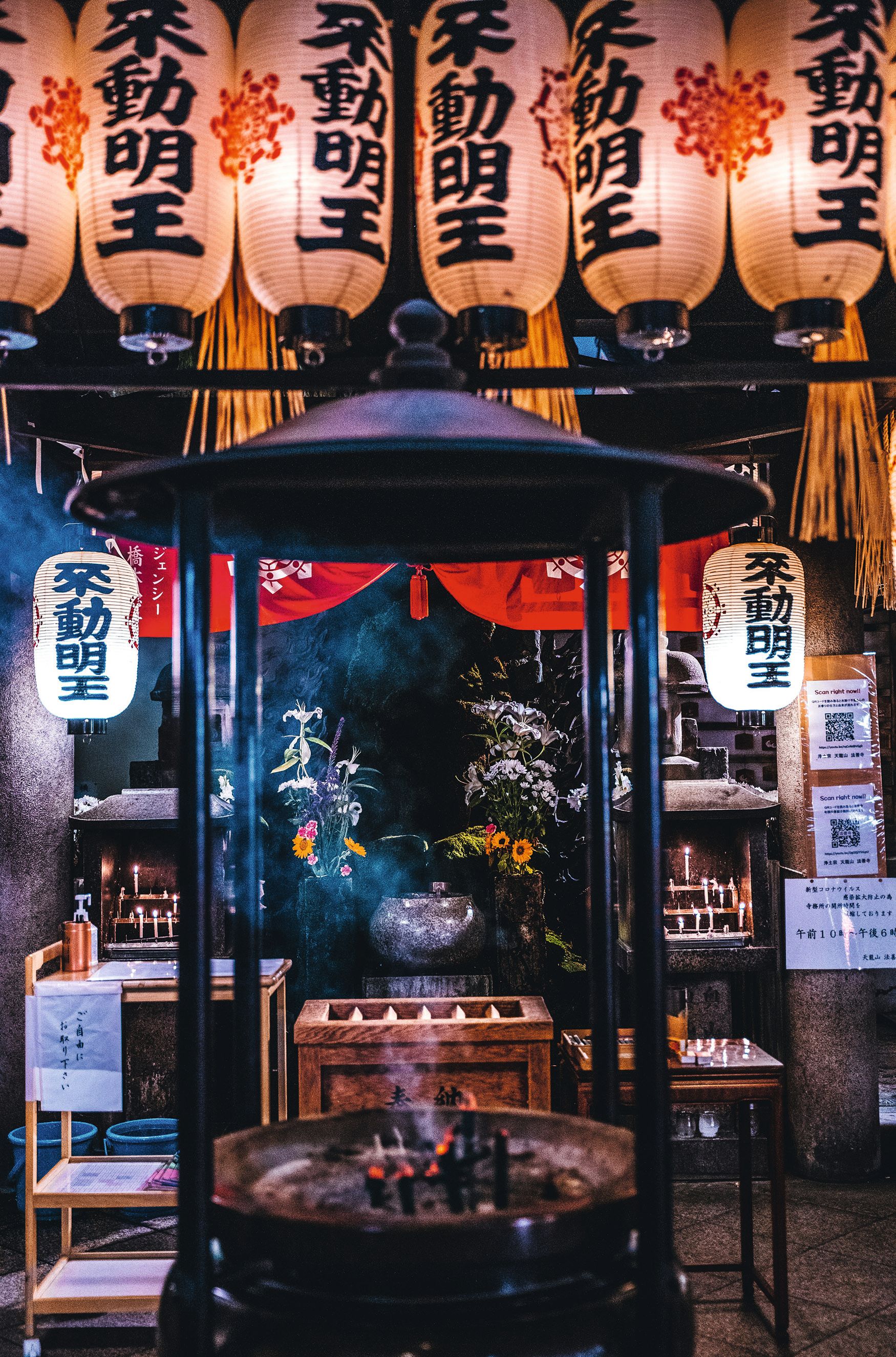
ROMEO A - UNSPLASH
ROMEO A - UNSPLASH
Dōtonbori, the foodie neighbourhood of Osaka, is ablaze with neon signs, most of which denote the street food stalls that line the avenue, which comes alive at night. The air is thick with the smell of cooking. I make my way to a stall beneath a glowing red sign reading “takoyaki” and collect a searing hot bowl of Osaka’s most celebrated dish – battered octopus dumplings covered in katsuobushi (dried bonito flakes) and a sprinkle of aonori (seaweed).
“Here in Osaka, we have a saying: ‘Kuidaore’,” says our guide, Aina. “It means eat until you drop.” She leads us through plumes of steam emitting from stalls selling okonomiyaki, a savoury crepe-like dish piled with cabbage, and mitarashi dango, sticky rice dumplings in a sweet soy glaze.
In this way, you only have to wander the streets of Osaka for a few minutes to understand that location is crucial. For the real experience, those visiting by yacht will want to place themselves in the heart of the action, disembarking at Ashiya Marina (for yachts of up to 65 metres) in the central district.
Perhaps the most eminent boulevard in the city is Midosuji, a long gleaming street lined with outlets of familiar brands such as Harry Winston, Rolex and Dior. From my sky-high suite at the W, I can just about make out the names 100 metres below, but rather more special is the bird’s-eye view of the sprawling city and its setting before Mount Kongō, which can be seen in the distance.
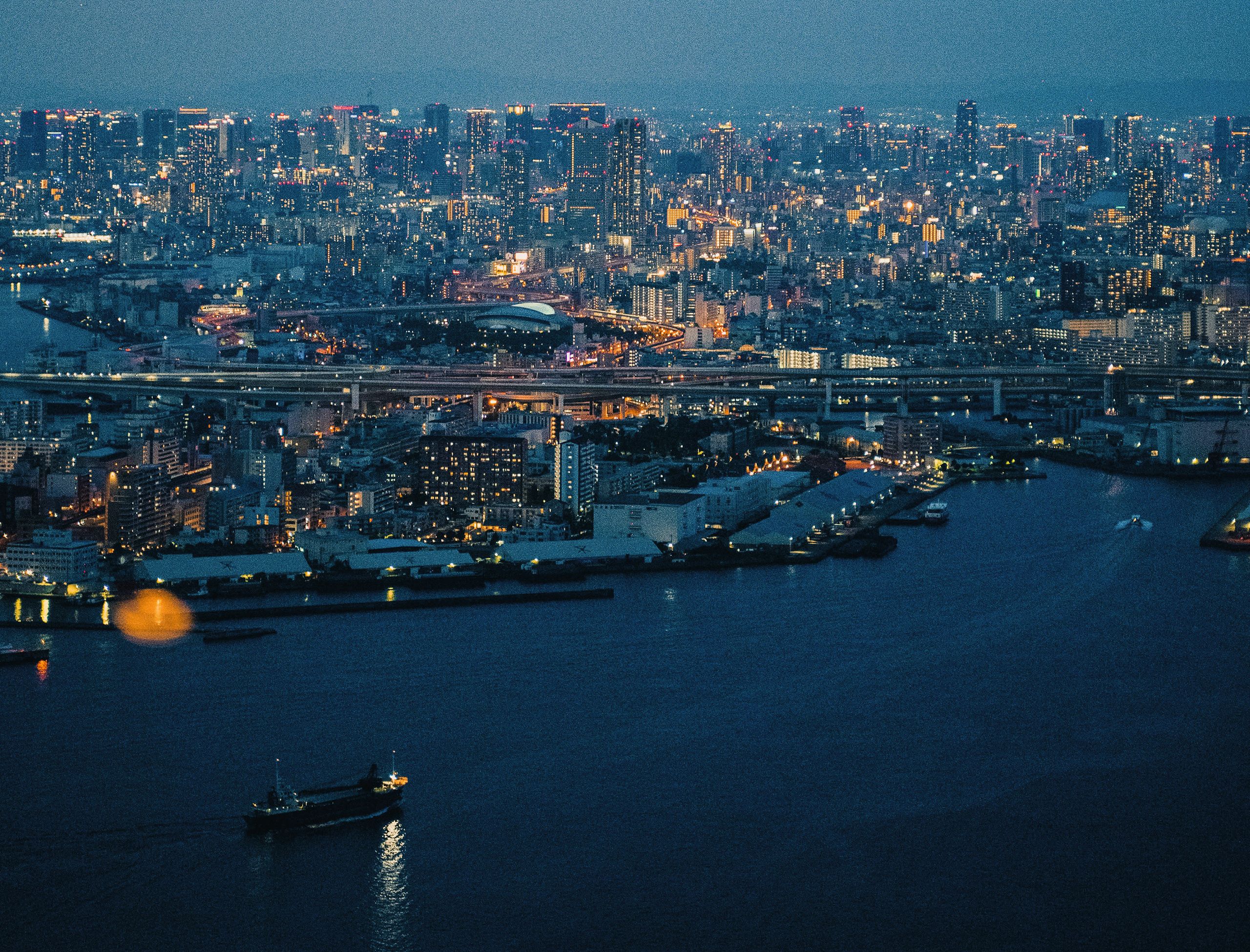
Then we make a right, veering off Dōtonbori Street, and immediately we are in a quiet area, the narrow Edo-period Hozenji Yokocho alleyway. With stone cobbles and more than 60 shops illuminated only by flickering lanterns, Hozenji Yokocho leads to the Hozenji temple, a discreet slice of old Japan that pays homage to Fudo Myoo, one of five guardians of Buddhism.
The few visitors speak in hushed tones; they’re here to splash the moss-covered statue in water in the belief that Fudo Myoo will protect them from evil. It’s so peaceful, it’s hard to imagine frenetic Dōtonbori is just a few hundred metres away.

W OSAKA
W OSAKA
Loud design is complemented by natural tones and calming spaces – much like the city itself
With its psychedelic neon corridors, asanoha patterns etched into the carpets and a colour palette of sakura (cherry blossom) pink and blue, the W (pictured above) celebrates this region. Here, delightfully loud design is complemented by natural tones and calming spaces – much like the city itself. For the most impressive stay, book the WOW suite, a 200-square-metre penthouse that cleverly combines Japanese Wabi Sabi design with the zingy contemporary style of the hotel.
While Osaka is famed for its street food, the city also has a remarkable dining scene at the upper end of the spectrum. To experience it, we don’t need to venture far, as the feted Sushi Ukiyo is hidden behind an unmarked door off the main lobby. The restaurant comprises a traditional Japanese cypress counter for 10 surrounded by floor-to-ceiling windows that transform the animated cityscape into a hypnotic backdrop.
In a procession of courses, the food is served omakase style, which literally translates to “I leave it up to you”, where the chef selects and constructs the dishes and hands the intricate pieces directly to you. With the backdrop of the city, the experience is sensational. The city is also densely populated with Michelin-starred restaurants including the three-star Kashiwaya Osaka Senriyama, serving refined traditional dishes, and the wildly inventive Hajime restaurant, also with three stars.
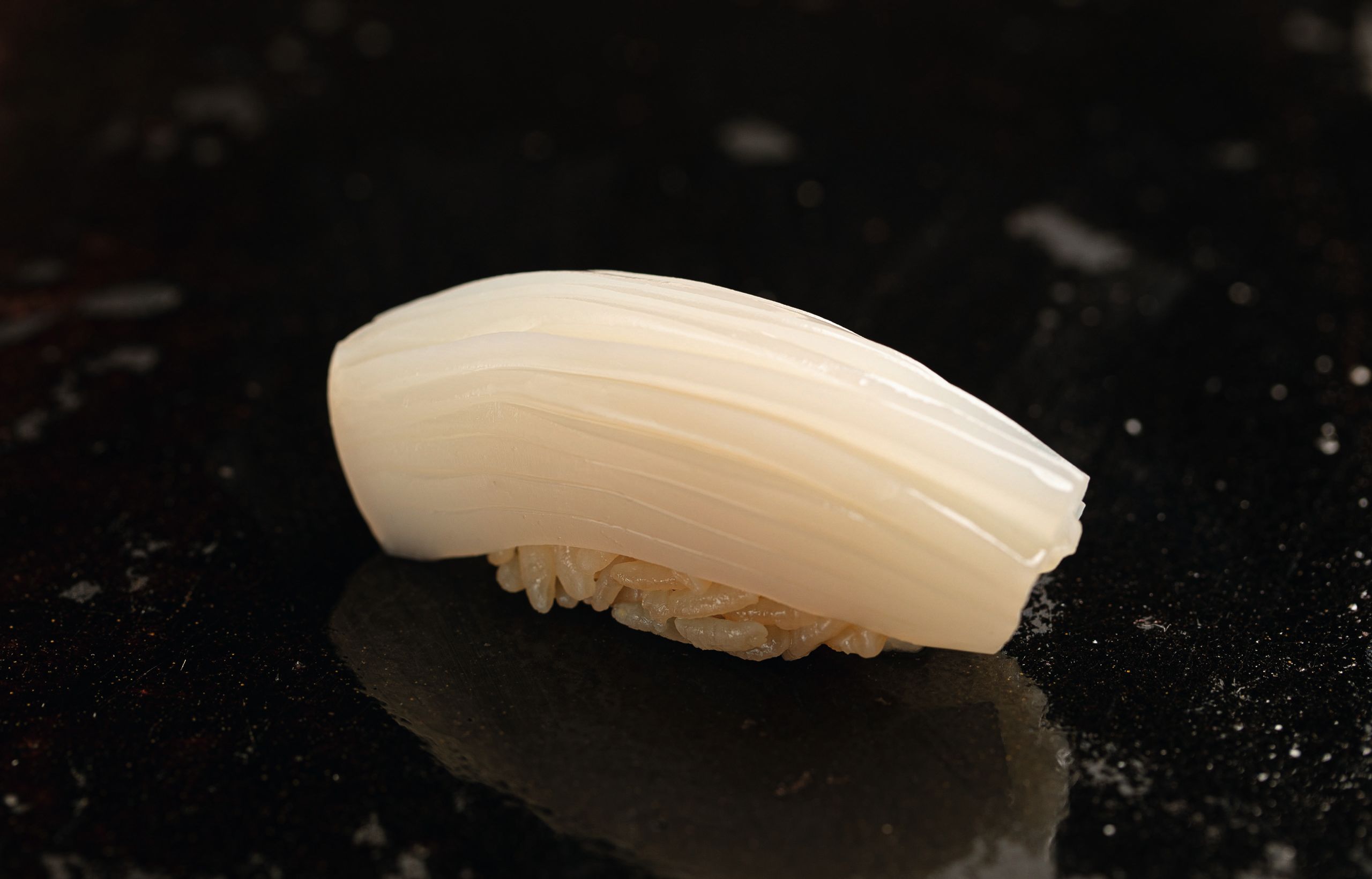
W OSAKA
W OSAKA
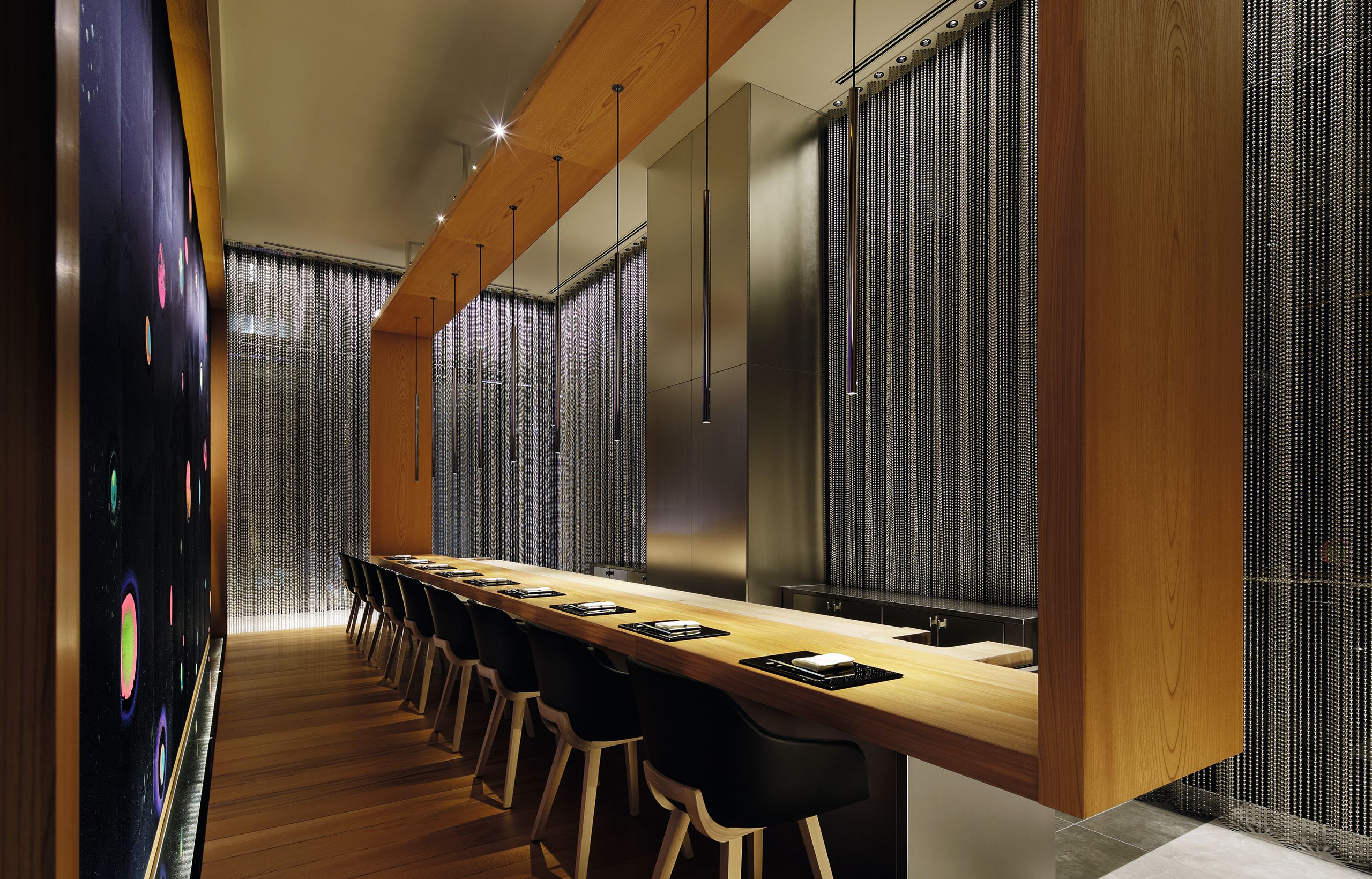
W OSAKA
W OSAKA
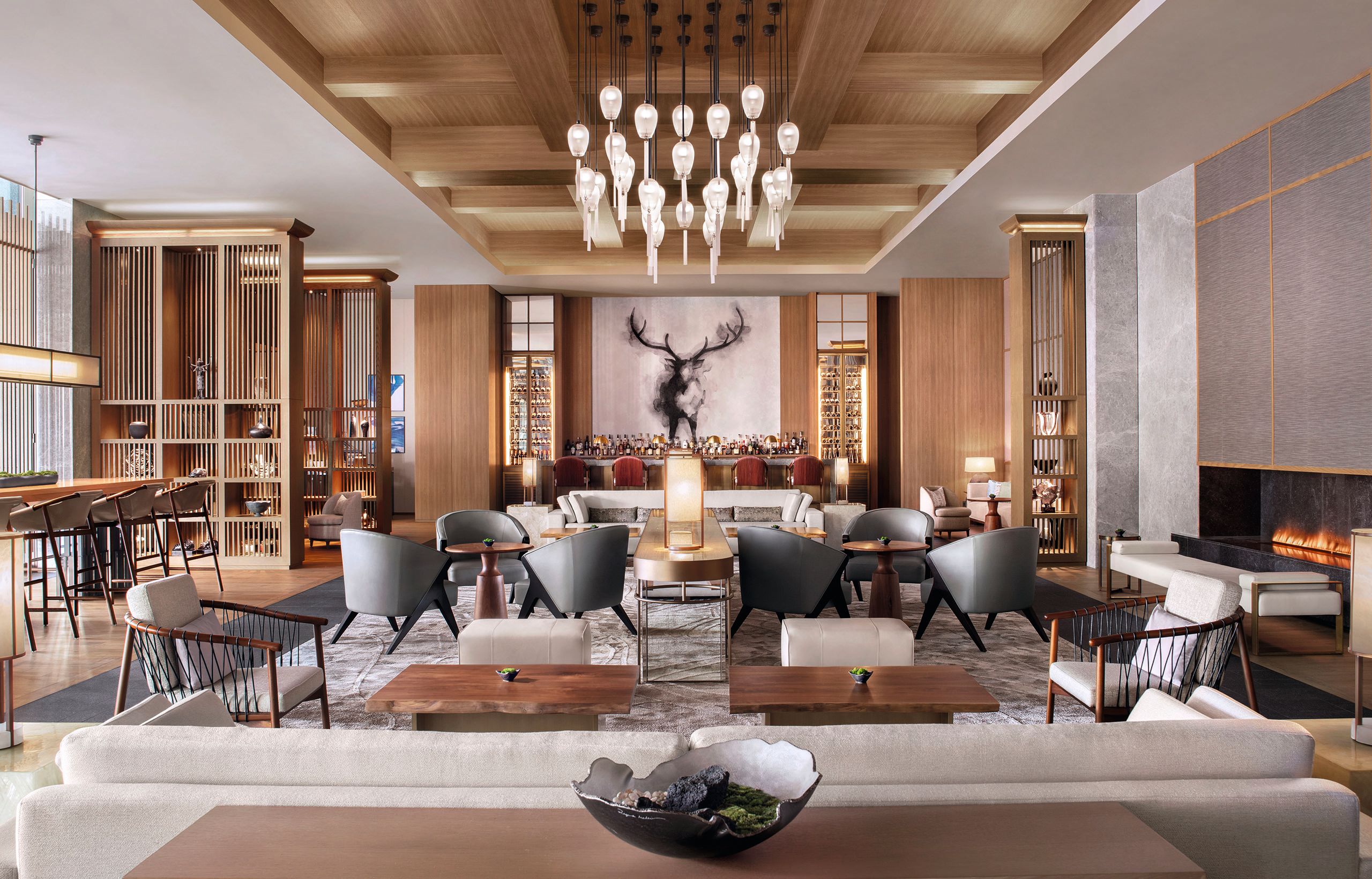
W MARRIOTT HOTEL NARA
W MARRIOTT HOTEL NARA
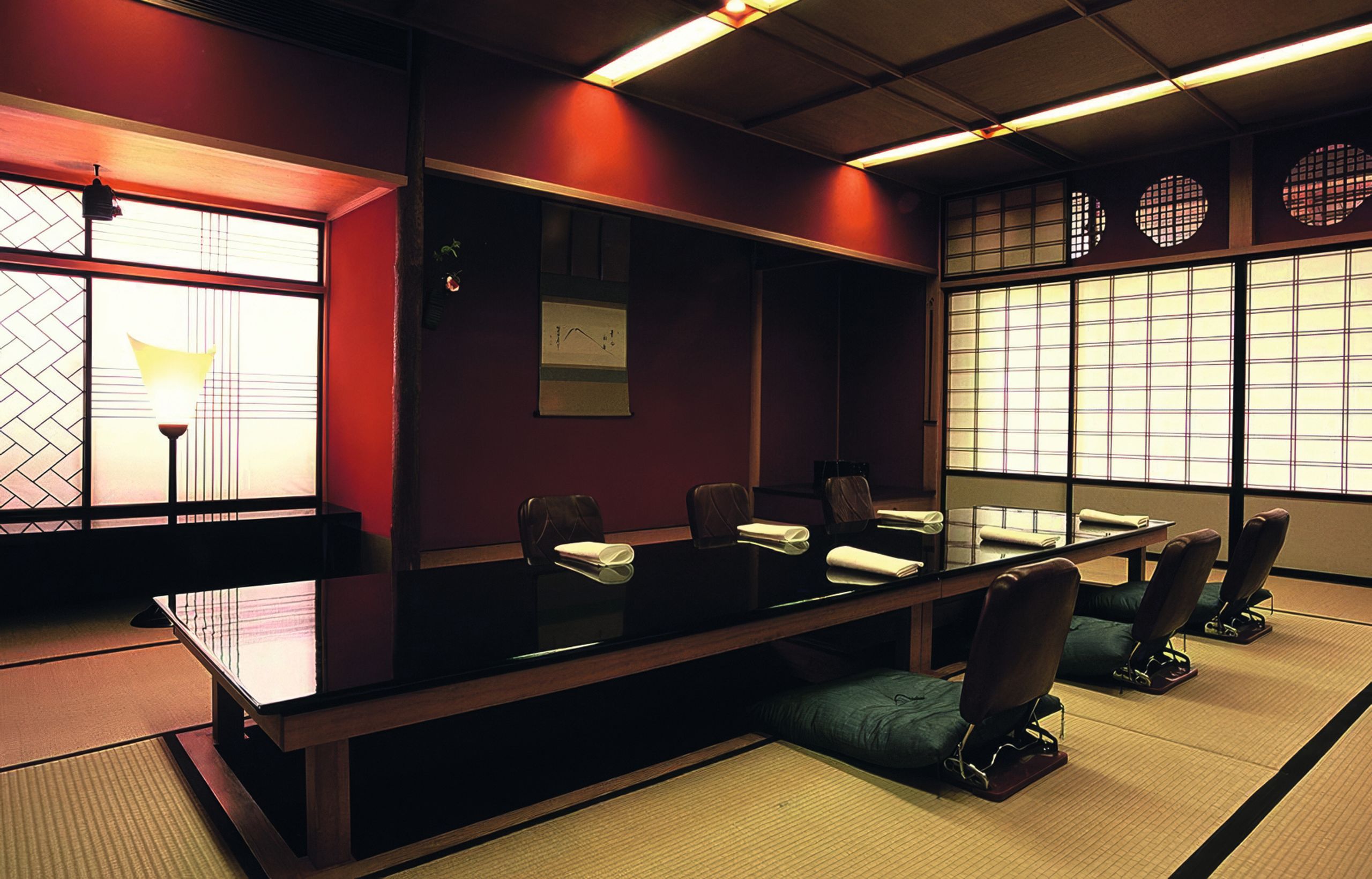
Top row: dishes come omakase style at Sushi Ukiyo, served at a long counter before giant windows. Bottom left: the lobby of the JW Marriott Nara references the sacred deer. Bottom right: Fine dining options include – Kashiwaya Osaka Senriyama (below left) has three Michelin stars
For those exploring Japan by superyacht, the temptation would be to begin cruising up the coast to Tokyo or south to Okinawa after a few days in Osaka. But before you do, there is another spot close to Osaka (approximately a 40-minute drive) that would be a huge mistake to miss.
The sound of the French horn reverberates across the lush green Nara Park. It is 9am and there is no one here apart from us and the horn player. Local deer peek their noses out from the trees and begin to make their way towards us.
The expectant animals surround us, seeking shika senbei (deer crackers made from rice bran), politely bowing their heads to receive a taste. Considered sacred, the deer roam freely around the park, which is linked to the grounds of the Kasuga Taisha, a breathtaking bright red Shinto shrine filled with more than 3,000 bronze lanterns which are lit during various festivals throughout the year.
Dating back to 768, Kasuga Taisha was the tutelary shrine of the Fujiwara, Japan’s most powerful family clan. Today, the colours of red and gold stand in startling contrast to the surrounding lush green forest, while the sound of clapping echoes beneath the gabled roofs of the shrine. “To worship here, bow twice and then clap your hands two times to wake up the resident deity before bowing a final time,” says Junko, our local guide.
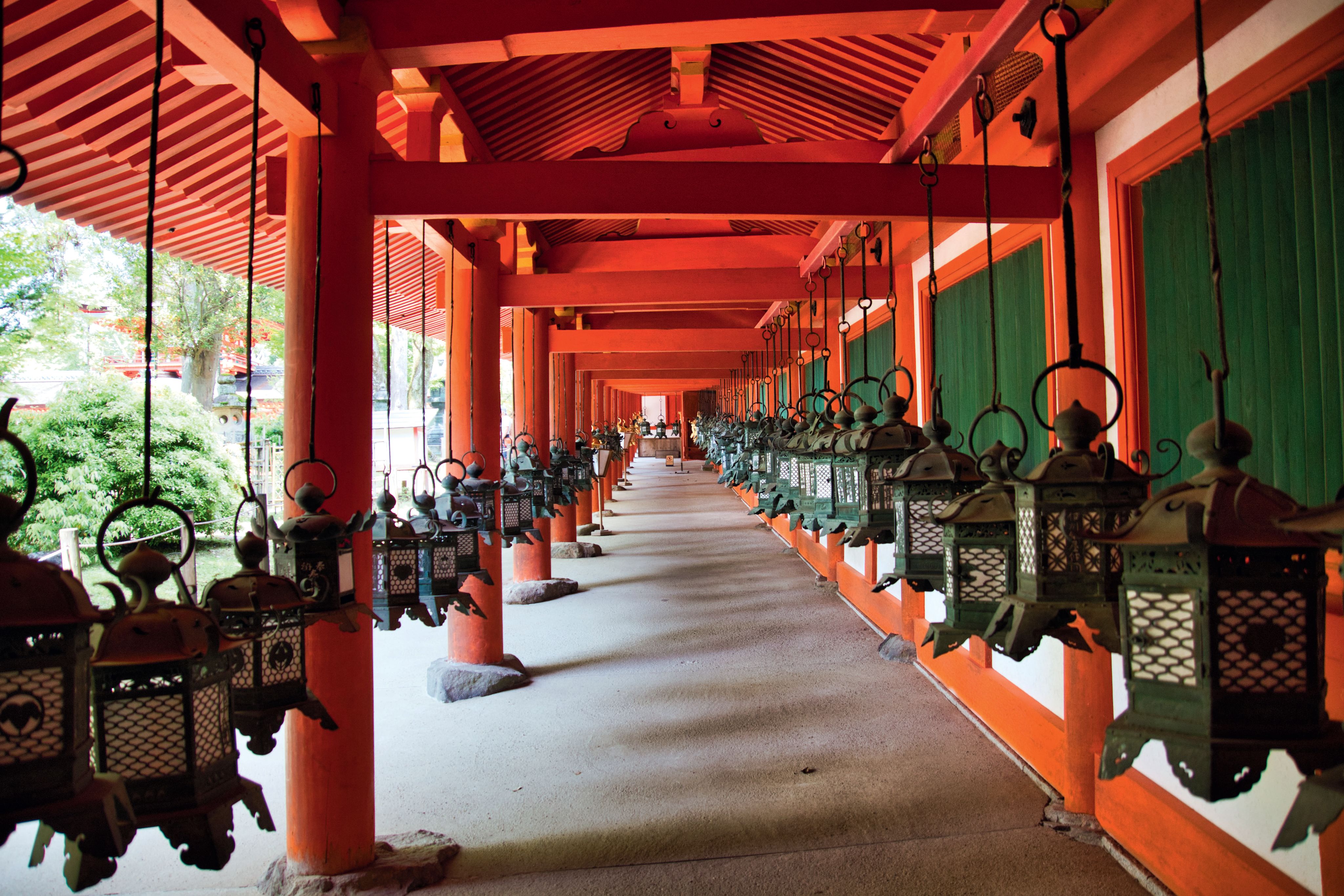
ADOBE STOCK
ADOBE STOCK
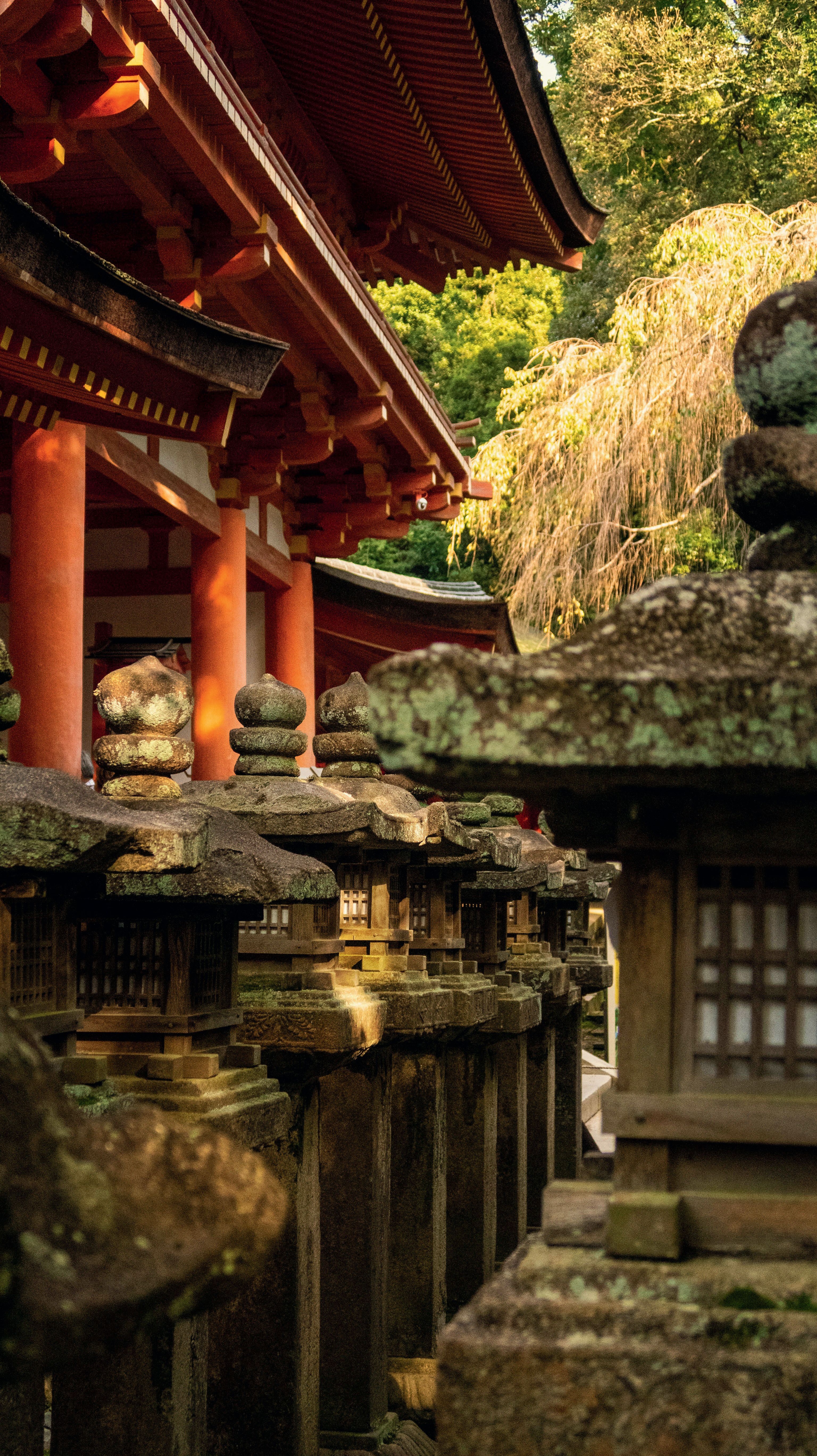
SVETLANA GUMEROVA ON UNSPLASH
SVETLANA GUMEROVA ON UNSPLASH
Above and right: peaceful moments at the bright red Shinto Kasuga Taisha shrine at Nara Park, which is hung with more than 3,000 bronze lanterns
We head to Naramachi, Nara’s former merchant town where small shops sell traditional Japanese knives and mochi rice cakes, and restaurants serve eel (which is addictive!). The JW Marriott Nara was the first luxury international hotel to open in the area. Drawing on the cultural landscape of Nara, there are nods to temples, historical buildings and the deer in the huge open-plan lobby, which is finished in natural tones, bronze and leather.
Since the relaxation of Japan’s maritime regulations, many superyachts have taken advantage of the changes, with the likes of 72-metre VSY Stella Maris and 37-metre Tecnomar White Pearl cruising the region.
And it’s not just the vibrancy of the cities that poses an exciting adventure for yachts: Japan has more than 7,000 islands to explore, each with its own culture and food. The options for onward cruising from Osaka are many, either up to Tokyo or all the way down to the Maldives-like beaches of Okinawa. Japan’s relationship with yachting may not be part of its past, but new regulations are undoubtedly paving the way for its future. marriott.com
First published in the June 2024 issue of BOAT International. Get this magazine sent straight to your door, or subscribe and never miss an issue.
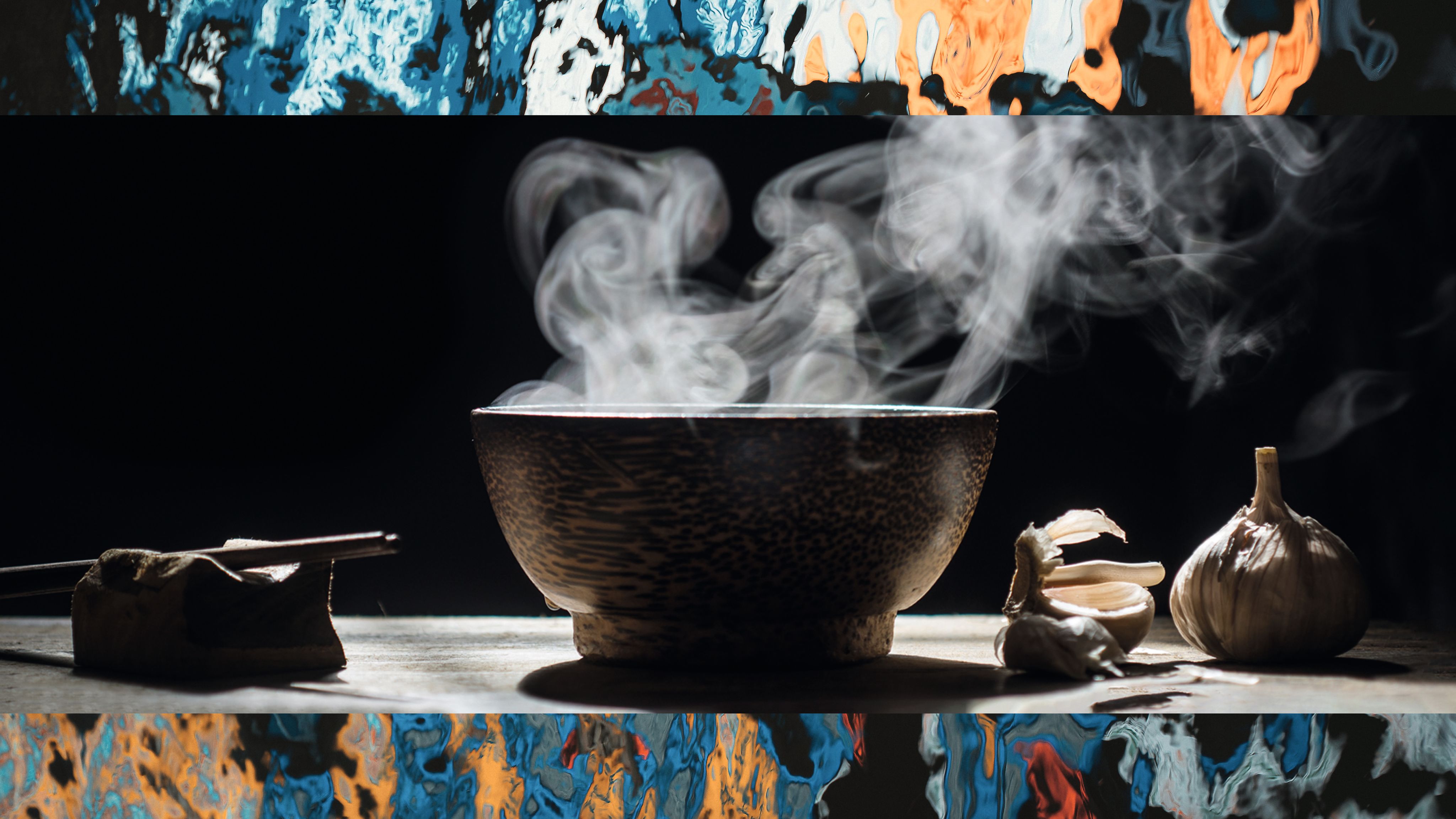

END PICTURE CREDITS: ADOBE STOCK/RAPHAEL LOPES - UNSPLASH. MAP: © Mapbox, © OpenStreetMap


